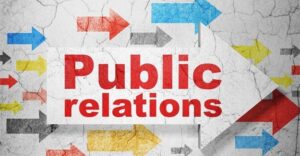The travel public relations industry finds itself at a crossroads. Once dominated by glossy brochures and traditional media partnerships, the sector now grapples with fundamental shifts that have reshaped how destinations, hotels, and travel brands connect with consumers. As the dust settles from unprecedented global disruptions and digital transformation accelerates, travel PR professionals face a complex web of challenges that demand both creative solutions and strategic reinvention.
The Trust Deficit Crisis
Perhaps no challenge looms larger than the erosion of consumer trust. The pandemic exposed the fragility of travel promises, with countless canceled trips, changing restrictions, and inconsistent messaging from brands. Travelers who once planned adventures based on aspirational marketing now approach travel decisions with heightened skepticism. They demand transparency about health protocols, flexible cancellation policies, and authentic experiences rather than manufactured moments.
This shift has forced PR professionals to abandon the rose-tinted lens that once defined travel marketing. Instead of crafting perfect narratives, they must now acknowledge uncertainty, communicate openly about challenges, and build credibility through honest storytelling. The glossy, problem-free travel experience that dominated traditional PR campaigns no longer resonates with audiences who have lived through travel chaos firsthand.
The Influencer Saturation Problem
Social media transformed travel PR by democratizing destination promotion and creating new avenues for authentic storytelling. However, the influencer marketing boom has reached a saturation point that presents its own challenges. Consumers have grown weary of obviously sponsored content, making it increasingly difficult to cut through the noise of endless #sponsored posts and carefully curated vacation photos.
The challenge extends beyond simple oversaturation. Many destinations now struggle with overtourism partly driven by Instagram-fueled popularity, creating a paradox where successful PR campaigns can ultimately harm the very places they promote. Venice restricting day-trippers and Maya Bay closing to tourists illustrate how viral marketing success can backfire, forcing PR professionals to balance promotion with sustainability concerns.
Navigating the Sustainability Imperative
Environmental consciousness has evolved from a niche concern to a mainstream expectation, particularly among younger travelers. This shift presents both opportunities and complications for travel PR professionals. Clients increasingly demand campaigns that highlight sustainability initiatives, but authentic environmental storytelling requires substantive changes to business practices, not just surface-level messaging.
The challenge lies in avoiding greenwashing while still promoting travel experiences. PR professionals must walk a tightrope between acknowledging tourism’s environmental impact and maintaining the aspirational quality that drives bookings. This balancing act requires deep collaboration with clients to ensure sustainability claims are backed by meaningful action, not just marketing spin.
Technology’s Double-Edged Impact
Digital transformation has revolutionized travel PR capabilities while simultaneously complicating the landscape. AI-powered analytics provide unprecedented insights into consumer behavior, enabling more targeted and effective campaigns. Social listening tools help brands respond to emerging trends and manage reputation challenges in real-time.
However, technology has also fragmented media consumption patterns, making it harder to reach audiences through traditional channels. The rise of ad blockers, privacy regulations, and algorithm changes on social platforms has disrupted established PR strategies. Moreover, the speed of digital communication means that negative stories can spread faster than ever, requiring constant vigilance and rapid response capabilities.
Economic Pressures and Budget Constraints
The travel industry’s economic volatility has created persistent budget pressures that strain PR operations. Clients demand measurable ROI from every campaign, pushing professionals to prove value through metrics that don’t always capture PR’s long-term brand-building benefits. This focus on immediate results can undermine the relationship-building and storytelling that form the foundation of effective travel PR.
Simultaneously, media budgets have shrunk as publications consolidate and reduce travel coverage. The traditional model of press trips and media partnerships faces increasing scrutiny, forcing PR professionals to find more creative and cost-effective ways to generate coverage and awareness.
The Authenticity Paradox
Modern travelers crave authentic experiences, but the very act of promoting destinations through PR can diminish their perceived authenticity. This creates a fundamental tension at the heart of travel PR: how to market authentic experiences without destroying what makes them special in the first place.
The challenge is compounded by the speed at which social media can transform hidden gems into overcrowded hotspots. PR professionals must consider the long-term impact of their campaigns on destinations and communities, balancing client objectives with responsible promotion practices.
Looking Forward
Despite these challenges, the travel PR industry’s adaptability offers reasons for optimism. Professionals who embrace transparency, prioritize sustainability, and focus on building genuine connections with audiences are finding new ways to create value. The key lies in recognizing that the old playbook no longer works and being willing to experiment with new approaches.
Success in modern travel PR requires a fundamental shift from promotion to facilitation—helping travelers make informed decisions rather than simply driving bookings. This evolution demands greater collaboration with clients, deeper understanding of audience values, and a commitment to long-term relationship building over short-term gains.
The travel PR industry’s future depends on its ability to navigate these challenges while maintaining the storytelling magic that makes travel dreams come alive. Those who can master this balance will not only survive but thrive in the evolving landscape.




